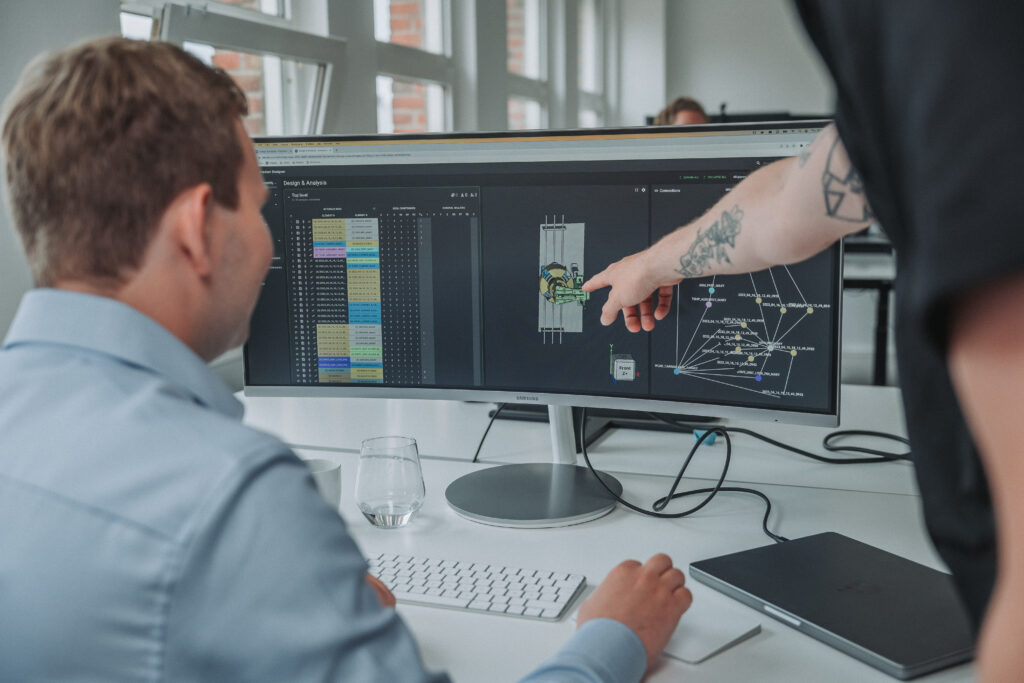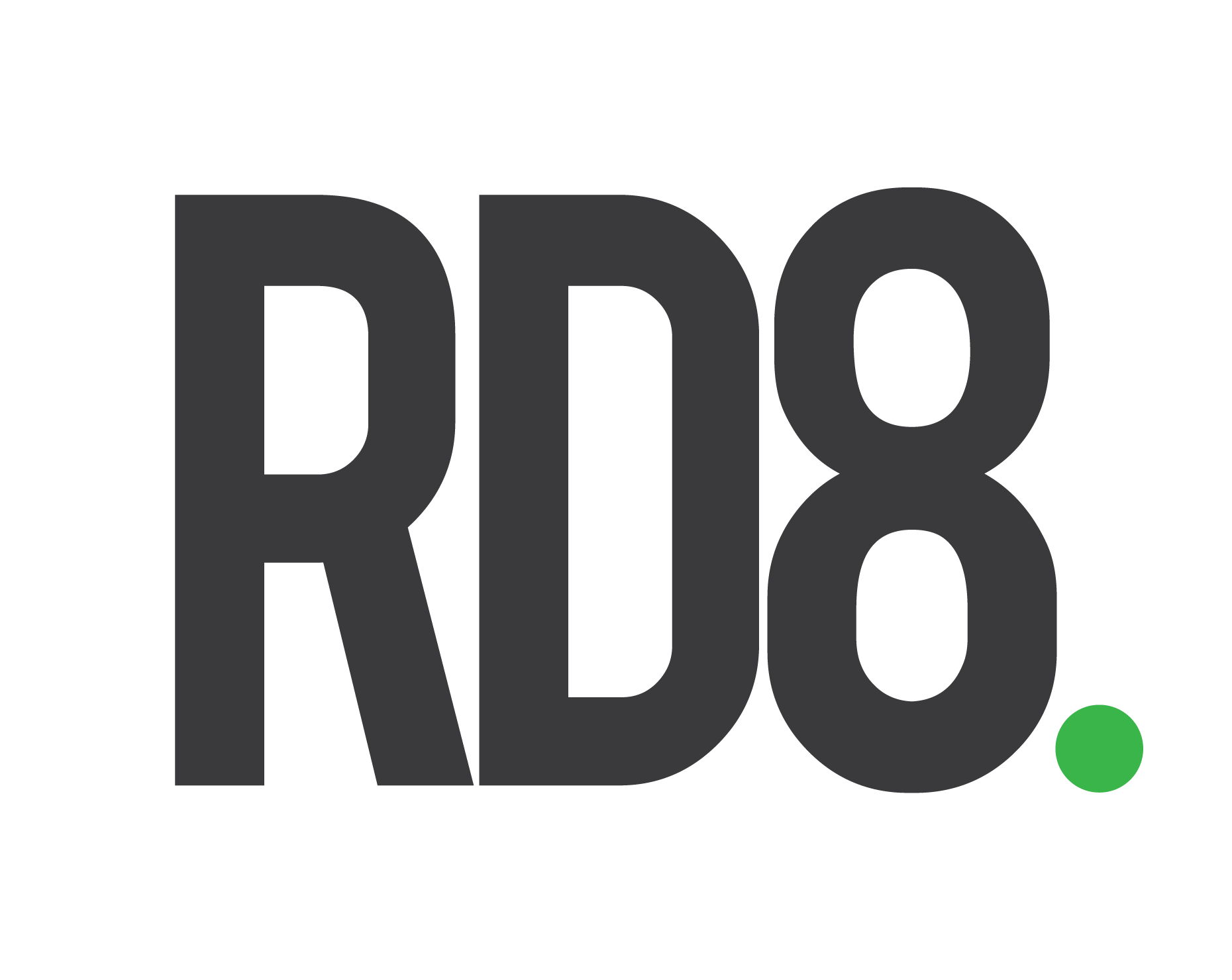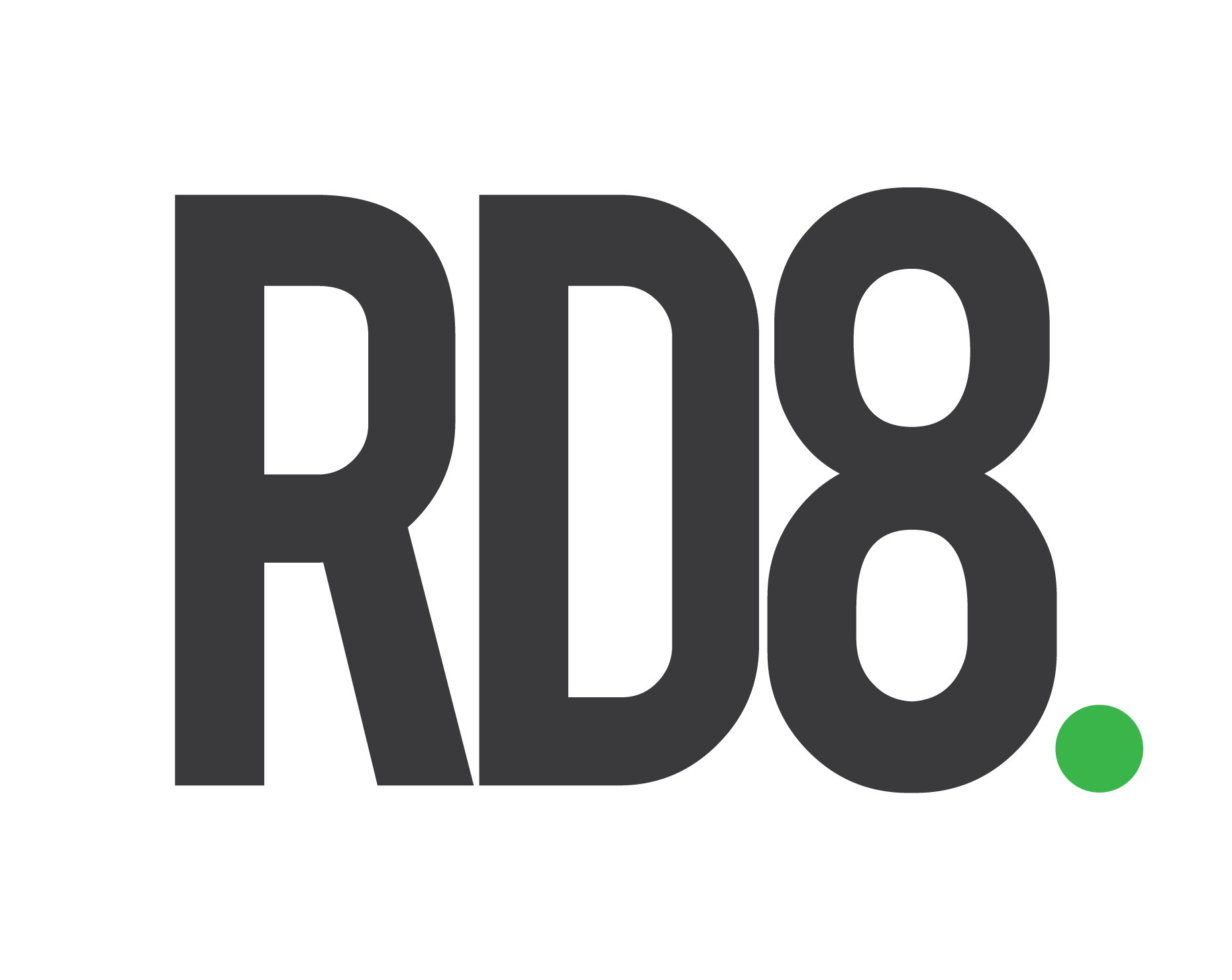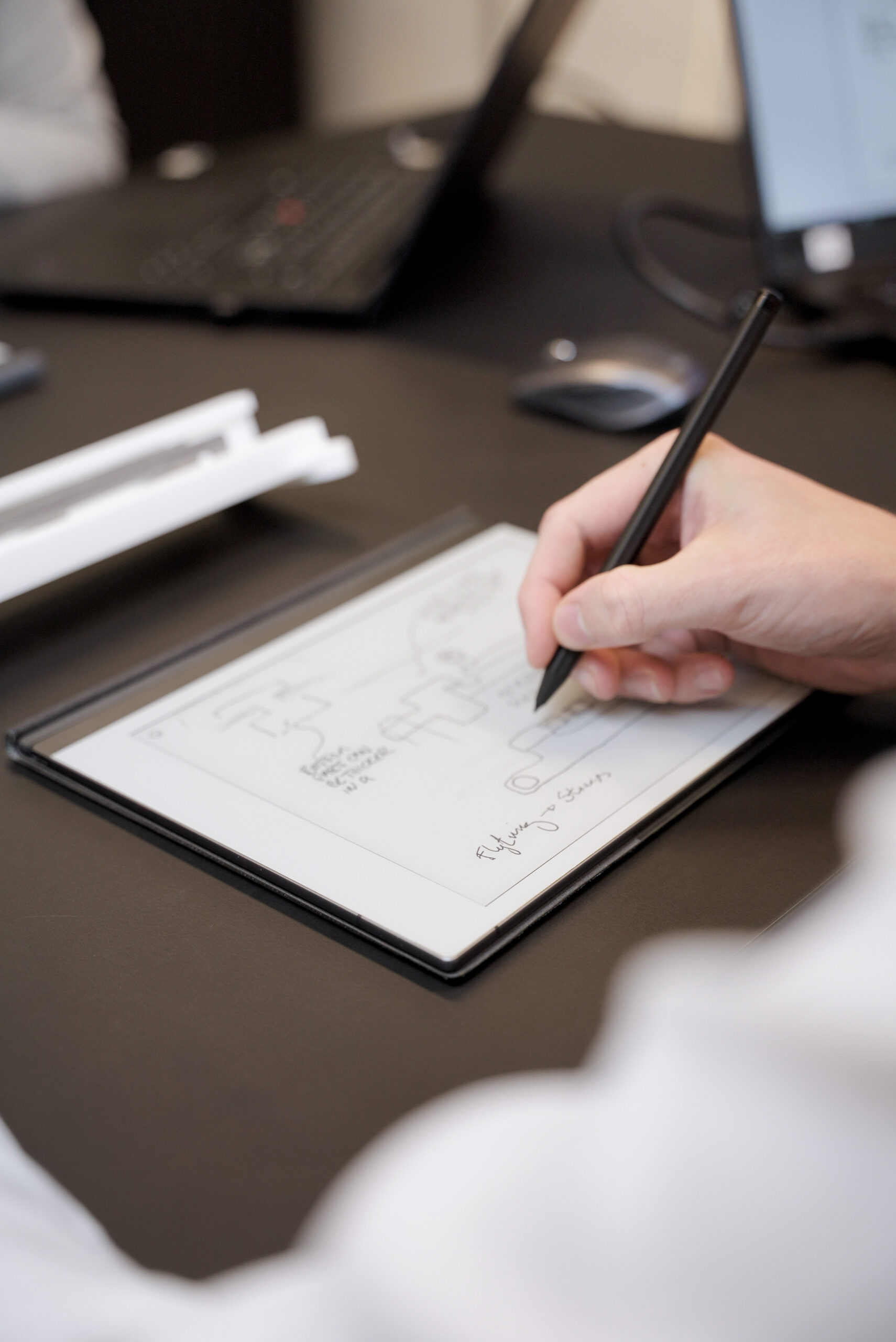RD8 Academy
Engineering Competence Upskilling
Robust Design is the discipline of reducing sensitivity toward variation. Having a Robust Design will generally allow a company to improve the cost and performance of products as well as have a more controlled product development process with bigger predictability. Robustness is achieved by working with disciplines like kinematics, structure design, design for manufacturing (DFM), design for assembly (DFA), and tolerance design.
The training aims to educate and support companies in both learning the Robust Design methods and implementing them.
Overall course satisfaction
4.5 / 5

Better products via design
Robust Design uses methods and tools that help engineers and designers to make better products via a systematic approach to product development. Robust Design seeks to quantify design quality on both new and existing products and systems.
Modular setup
The Robust Design program is divided into different learning stages:
- Introduction: Understand RD8 Robust Design principles
- Fundamentals: Apply RD8 key Robust Design tools
- Toolbox Courses: Learning how to analyze and evaluate designs
- Application Paths: Applying methods to create and evaluate your designs
For designers, managers & organizations
Robust Design is relevant for engineering professionals ranging from:
- The designer who wants to make better products
- The manager who wants to have a better control over the timeline
- The organization that wants better product quality or lower cost
The training was relevant for improving the knowledge/skills within engineering
4.8 / 5
“Great introduction to a different approach on designing. It feels like a new tool in the workshop!”
Mechanical Design Engineer, Arjo
Access to online tools
During the course, the participants will be working with several robustness tools that help the participant to improve own products and keep track of the product.

Are you interested in hearing more
about talent development?
Book a meeting with us already today
Still in doubt? Find answers in our FAQ
What is the target group of your trainings?
We conduct upskilling sessions for people within different positions and industries. We target people who work with product design daily. Usually, our training participants carry job titles such as Mechanical Engineer, Product Designer, Head of Product Development, Project Manager, Industrialization Engineer, Head of Production, etc. There are no limitations regarding industries or product types. In case you are still uncertain if this training is well-suited for you, drop us a message and we will assess your fit.
Do I need to bring specific skills to the table?
If you are working in Mechanical Engineering, you probably have all the skills necessary to join our courses. Keep in mind that we offer courses on different levels so that we can start off from the right skill sets you already have. If you are uncertain whether your skills are sufficient to book a course with us, please reach out for a quick assessment.
What are your main means of teaching?
We value interactive means of teaching which is why we always include group work when applying newly acquired skills. New knowledge is transferred in classroom-style lessons. Over the years, we have built up the competences to ensure engagement in both online and offline course settings. You are in any case more than welcome to contribute with ideas and questions, and we appreciate your active participation. During as well as after completion of our trainings, learners have access to our online platform providing all the materials we are working with. These include challenges to individually work on, group work tasks and quizzes, amongst others.
Do participants need extra time next to the training hours?
There is no additional time needed for preparation etc., but there might be some homework to be done. The necessary amount of time required is indicated on the specific course’s description. During the training hours, there are timeslots to work on individual projects, so this is accounted for.
Which materials do you use for the trainings and do participants have to bring anything?
During our sessions, we work with several exercises and physical prototypes before applying the learned skills to actual cases. We have sample cases to choose from, but we prefer you working on cases from your day-to-day-life. Our online platform provides all materials that are, of course, included in the course’s price. Ideally, you are equipped with licenses to MS Office and a CAD system of your choice. If not, please let the instructor know upfront so we can make the necessary arrangements. Online resources are retrievable on our online platform also after the training. The only things participants need to bring is a computer (in case of an online training also a headset and a webcam) and – in all cases – a good mood!
What languages are the courses conducted in?
Our coaches are fluent in English, Danish and German allowing us to offer courses in all these languages. The language of our training materials is English. Please include your preferred course language in your signup.
How many participants are there in a course?
Generally, the course size depends on the complexity of the course curriculum. After the introduction course, we aim to have no more than 12 participants per instructor, however exceptions are possible based on your demands. In any way, we always make sure to have a setting where everyone has the chance to contribute and get the required personal attention.
What is the signup deadline?
Please reach out to us as early as possible to allow us enough time for planning etc. We recommend signing up at least 4 weeks before the preferred course start. Do not hesitate to contact us for trainings on short call, though – we will try to accommodate your inquiry.
What happens if I am sick the day of the training?
In case of sickness, we will find a solution on a case-to-case basis. This could for instance be the rearrangement of the learning session to a later date. Please make sure to contact us as soon as possible so that we can plan accordingly.
Do I get a certificate upon completion of the course?
Upon completion of a course, every participant receives a diploma of participation. There is further the option to receive a certificate for the application courses. This will be awarded after successful completion of a final project and exam. Please reach out to us if you are also interested in this type of certificate.



